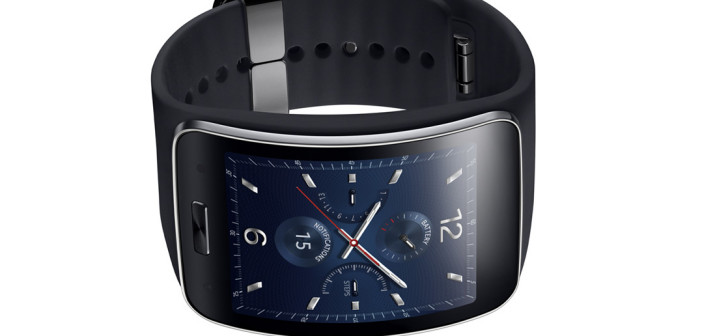By Mark Armstrong, vice president and managing director EMEA, Progress Software
Wearables are the face of the Internet of Things (IoT); they are the part of the IoT ecosystem that everyone from your grandmother to child actually understands. There’s a lot of excitement about how they can make our lives easier and better as apps that will make us more efficient at work. That excitement is fine, but are we setting expectations beyond what the developer community is capable of actually delivering? There’s a lot of pressure and the fact is that developers – if moves aren’t made to better support them – will end up disappointing us.
The good news is that those who are responsible for delivering those apps share the public’s enthusiasm. A recent study from Harbor and Progress of 675 IoT developers found that the wearable market was the second biggest area for the nascent IoT sector today, representing 13% of all IoT apps, behind only the equally-hyped smart home.
Barriers to success
Although we’re at the beginning of the IoT movement, buoyed by the early successes of wearables, developers are already gaining some good insight. There is genuine optimism; 80% of IoT apps are expected to be revenue generators in just two to three years, but at the same time, the barriers to success are becoming clear.
Perhaps most worrying is the feeling amongst half of all those surveyed that they do not have the tools to deliver on IoT expectations. The same proportion feels that they don’t have the skills to do so. Both of these are very real barriers for the success of IoT and, by extension wearables.
It is also worth considering the importance of data to IoT and apps. The connectivity of data is central to many of the applications discussed and will be key to unlocking their much discussed real life benefits. Data is essentially the fuel on which the IoT will run; if developers can’t get that data to the right places, it will come to a shuddering halt.
With that in mind, it is a genuine concern that almost a third (30%) of developers surveyed feel overwhelmed by managing and integrating data. Moreover, 45% once again feel they don’t have the tools to collect and analyse that data.
With the amount of data being collected only growing, this will become even more of an issue. It’s clear that despite this optimism, there are numerous barriers to be overcome if expectations are to be met.
Increasing the stakes
Without sounding too negative, the stakes are getting higher too. While consumer applications are currently leading the way, there will be a move towards more critical applications in the coming years; healthcare, for instance, is expected to be the biggest sector for IoT applications by 2020. This will include patient tracking bracelets for dementia patients and perhaps Google Glass style headsets for clinical staff. This evolution will bring an amplified pressure to deliver.
It’s not all doom and gloom though; the open source community and commercial vendors are working to bring the tools to market that will, for instance, pull disparate pools of data together in real time so that developers can create apps that make use of that information to improve our lives and businesses are fundamental. Likewise, support for languages and development platforms to create apps in the fast moving environment dictated by constant change in needs.
You can’t build a house without the right tools so why would it be the same for anything else? If commercial vendors, working with the wider community, are able to provide these, then the IoT future we’ve put so much faith in will become a reality.
Progress Software works for the rapid development, deployment, and management of data driven applications.





